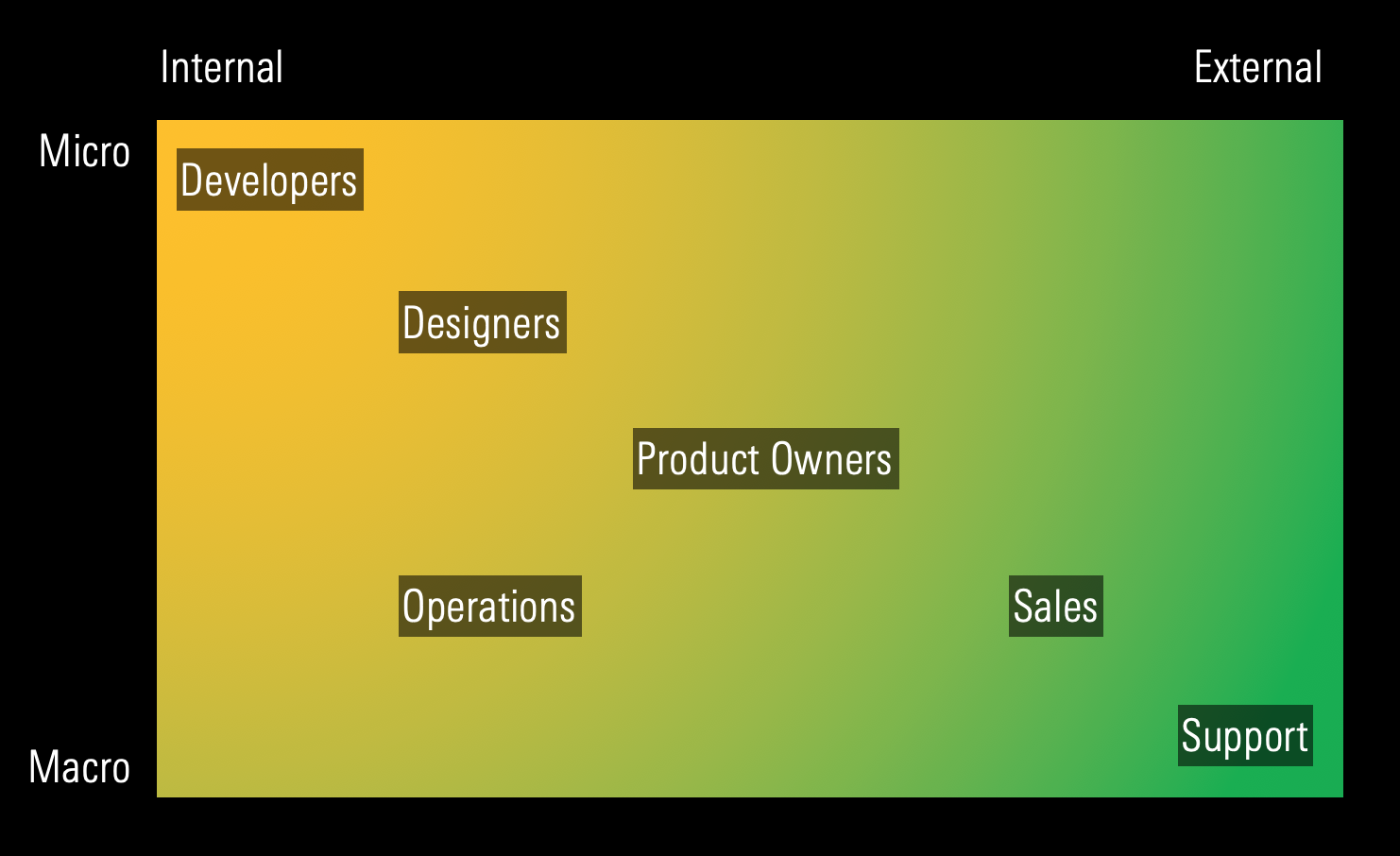Managed Portfolios Rearchitecture Research Campaign
Background
When a platform is designed as the developer builds it, you end up with an organization that only makes sense to the builder. Over time, as more content is added, the confusion only worsens.
There are apparent non-functional improvements to be made like re-platforming the technology stack, so the speed of the site is improved, but what about improving the overall experience?
Audits
A complete audit of the Managed Portfolios website was completed. The Previous Sitemap illustrated above is just a high-level summary. The Original Sitemap captured by post-its below was so complex, even veterans from the team couldn’t make sense of it. The Communications section of the site was called the PDF Graveyard by a number of users we interviewed.
The post-it sitemap was a gargantuan headache.
Blueprinting and user mapping
As we began building our the service map for our product, I had to ask different members who our users were and the answers weren’t all that surprising: the product team always operated under the presumption that the only user was the advisor. This was a product that made the life of an advisor easier right? Not even close.
Morningstar Customers as Users
Once we started doing on-site interviews, we realized advisors were simply the person in an office our sales team kept in their Rolodex. Each actor involved had different perspectives of the eco-system and different levels of involvement.
Morningstar Employees As Users
More importantly, teaching the team that we count as users permanently changed the perspective and dynamics of the organization. Suddenly developers cared about the emotional well-being of the support staff, and the support staff had better answers for advisors.
User Interview Results
We talked to 8 advisors, 6 assistants, 3 customer service representatives, 3 internal sales consultants, 3 regional sales directors, 3 developers, and workshopped with various combinations along with product owners.
When we isolated customers outside of Morningstar and coded the transcripts, we found something that contradicted previous assumptions we had to that influenced our product’s roadmap. The signal we had kept hearing through the noise was specific feature requests, but when we analyzed that noise, we found a resounding complaint: service.
Coded transcripts from user interviews.
The Great Schism
Like a lot of product teams, Managed Portfolios was feature-driven. Stakeholders and leaders were shocked to hear the soundbytes from the interviews. Quotes about how desperate our advisors were to leave Morningstar for competitors who offered better service and software and could still pass on our strategies spoke of future churn that would be disastrous to our viability. The technical debt we were accruing and held hostage by was for naught.
When we broke down that original sitemap into a task analysis, what we found was that we spent all this time on creating investment proposals under incorrect assumptions:
Advisors never create proposals alongside clients.
The proposal as an artifact is a presentation tool to provide visuals.
The proposal itself doesn’t tell the advisor anything that helps them do their job.
Redesigning the site based on tasks
Instead of basing the architecture on features or how the developers would organize the data, what if we approached it using the jobs to be done methodology?







